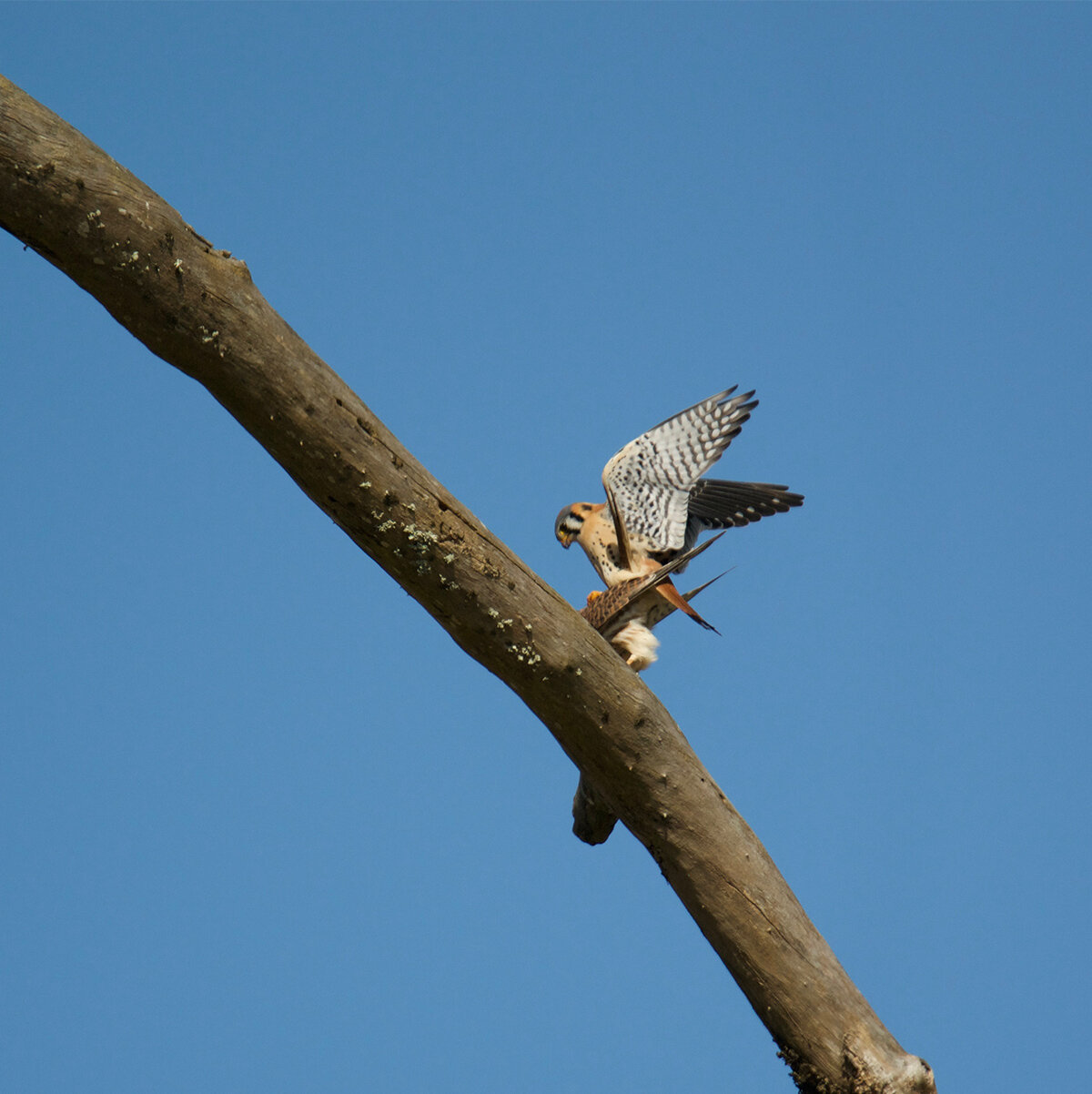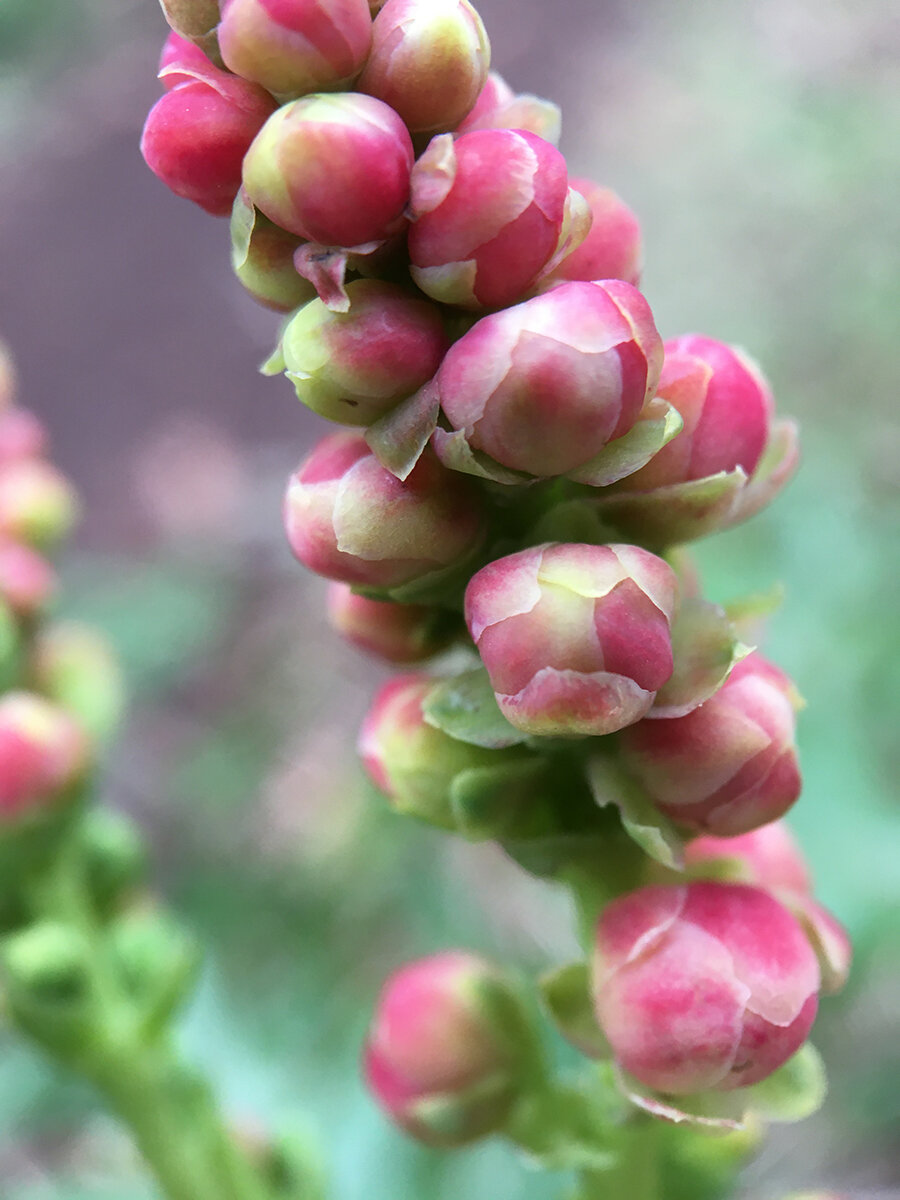In Cascade-Olympic Natural History Daniel Mathews writes: “What a pleasure, seeing the year’s first trilliums in March or April, just when the winter rains feel like Forever! Quinault elders used to warn their youngsters that picking trillium would bring rain — a safe bet in Quinault country at that time of year.”
Rain is probably a safe bet here too, for which I am grateful. Trilliums are a soothing salve for soggy spirits in spring. Say that alliteration ten times really fast!
Mt. Pisgah has two types of trilliums:
Giant Trillium (Trillium albidum)
Western Trillium (Trillium ovatum ssp. ovatum)
On the website of Sevenoaks Native Nursery they told how to tell them apart: “The slightly mottled leafy bracts directly subtend the sessile white three-petaled flower, this is a good indicator of telling T. albidum apart from T. ovatum, whose flower rises above the leafy bracts.”
Definitions.
Sessile - Botany. attached by the base, or without any distinct projecting support, as a leaf issuing directly from the stem.
Subtend - Botany. (of a bract) extend under (a flower) so as to support or enfold it.
Giant Trillium (Trillium albidum)
Giant Trillium (Trillium albidum)


















































